Loving pet parents have been struggling with the question of what is the best pet food to feed their dogs. There’s certainly a plethora of brands on the shelves of any grocery store, but many pet owners are increasingly considering raw pet food. After all, dogs are descended from wolves, and wolves eat nothing but raw meat. So wouldn’t it be just as good for a domesticated dog?
That’s a good question, and there are varying viewpoints on whether or not raw meat diets are a good option for growing healthy dogs.
Let’s break down the facts around raw feeding, starting with some basics about just what constitutes a balanced diet for your dog.
Nutritional Needs of Dogs
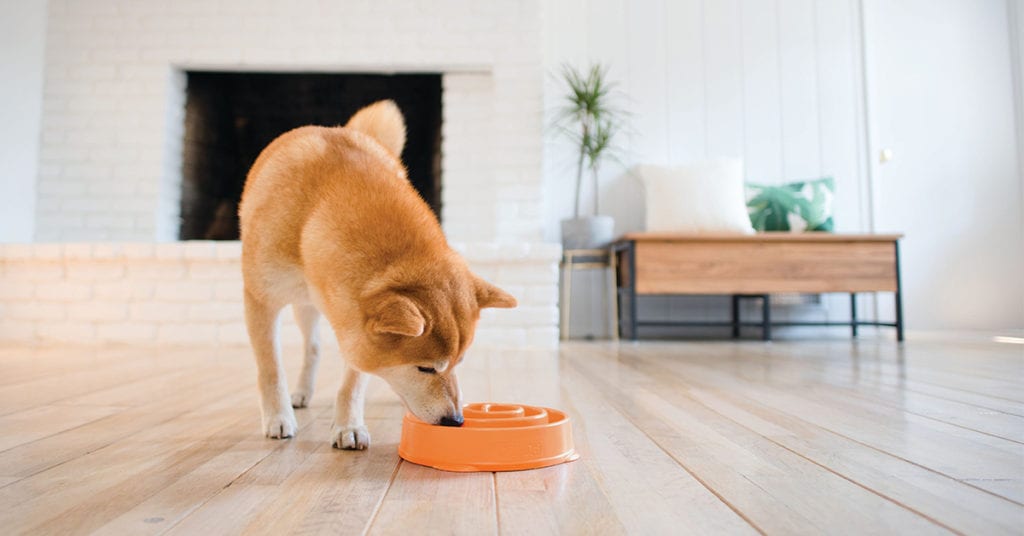
It’s always a good idea to speak with a veterinary nutritionist when you have a new puppy in the house and/or if you’re considering changing your dog’s diet. They will take into consideration your dog’s individual health and how that affects his nutritional needs.
That being said, there are some basics that every dog needs. Let’s take a closer look.
Amino Acids and Proteins
Amino acids are the building blocks of protein. To put it another way, a protein is simply a chain of amino acids linked together. Proteins are part of every tissue in the body, and they are also what stimulate biological functions. So your best friend definitely needs both amino acids and protein in his diet.
More specifically, there are 10 amino acids that your dog can’t make on his own. These are what are called essential amino acids. To produce high-quality proteins, it’s vital that your pooch gets these in his diet. What’s more, studies have shown that dogs selectively choose foods that are high in protein.
While it is possible for a dog to survive on a vegetarian diet, such a diet would have to include supplements such as vitamin D and certain proteins.
Fats and Fatty Acids
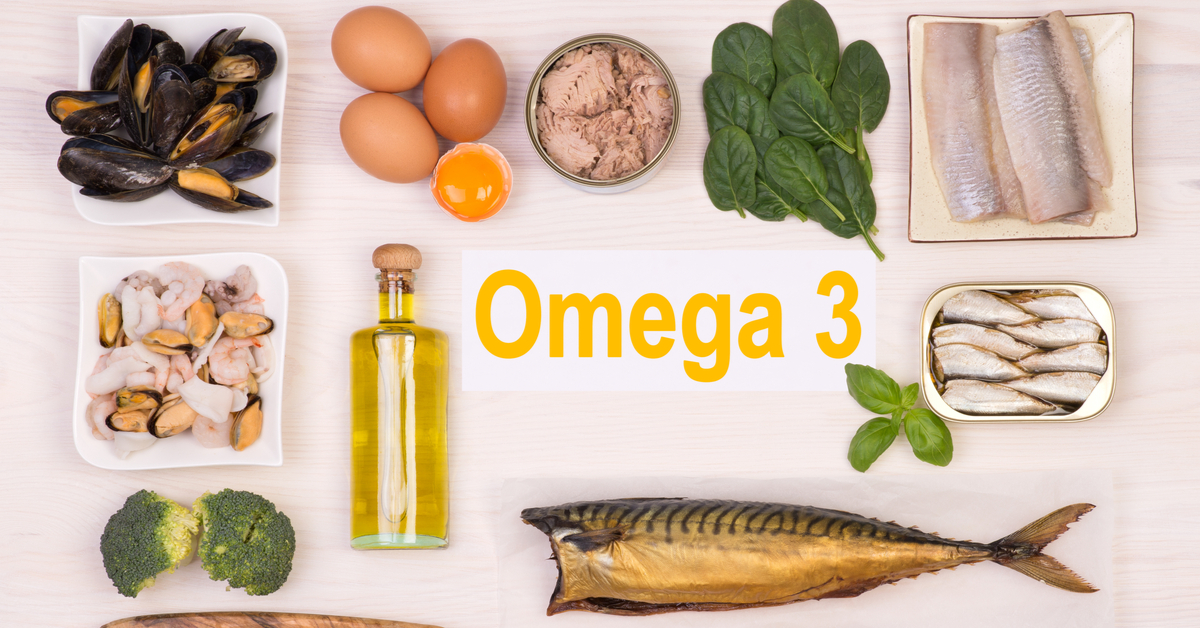
Fats in your dog’s diet provide the most concentrated source of energy, and they make his food taste better. These are mainly found in animal fats and seed oils. They also supply fatty acids that your dog cannot synthesize in his own body. What’s more, these nutrients also provide your dog with important fat-soluble vitamins.
Fats and essential fatty acids, like omega-3 and omega-6, are important for healthy vision, healthier skin, healthy brain function, and a shinier coat.
In fact, puppies that were fed an ultra-low fat diet had problems with skin lesions and coarse hair. Those who didn’t get enough omega-3 fatty acids in their diet also suffered from vision impairment and impaired learning ability.
Energy Needs

Your dog’s energy needs are another important consideration for determining what he needs as part of a healthy diet. His energy levels will vary over the course of his lifetime. Growing puppies, as you might know, have very high energy needs. As do pregnant and lactating dogs, and dogs who are very active.
Your dog’s energy comes from three dietary components: protein, fats, and carbohydrates.
While you might think of your dog as a carnivore, he’s really an omnivore. As such, his energy needs are met by consuming carbohydrates in the form of sugars, starches, and dietary fibers.
In most dog food brands, carbohydrates are derived from cereals, legumes, and other plant materials. There are different types of carbohydrates too. There are absorbable carbohydrates that do not require enzymes to break them down. They are directly absorbed by your dog’s body.
Digestible carbohydrates do require enzymes in the intestinal tract to break them down prior to absorption. Finally, fermentable carbohydrates like some starches and fibrous materials, are fermented by microbes in your dog’s colon. Once converted into short-chain fatty acids, they aid in the regulation of blood glucose and certain immune system functions.
As far as the minimum recommended daily amounts of nutrients, it’s a good idea to check with the Association of American Feed Control Officials (AAFCO) to get a baseline for what is considered high-quality feed.
Now that we have a general understanding of what your dog’s nutritional needs are, we can look at raw food diets to see if they can meet those needs.
Is Raw Dog Food Nutritionally Complete?
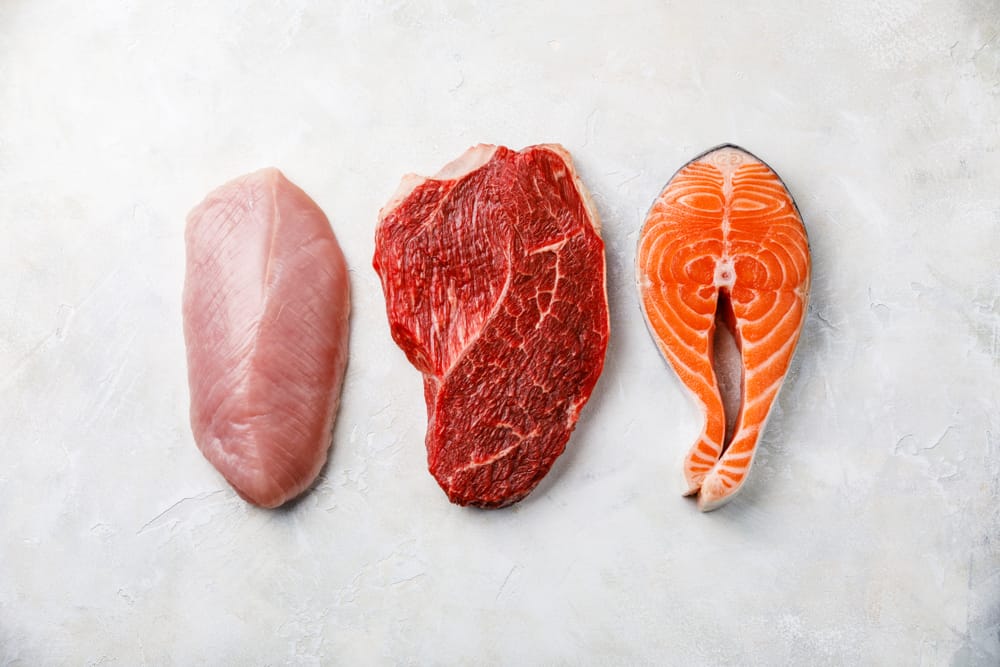
There are some documented health risks associated with feeding a raw food diet to dogs. These are discussed a little more thoroughly below, but are generally associated with the risk of contamination by harmful bacteria. The question here is can a raw food diet supply all of the nutrients your dog requires to be healthy?
A study conducted on 26 adult dogs in England found that complete, species-appropriate dog foods containing raw meat, raw bone, and raw vegetables, were sufficient to meet the dogs’ nutritional requirements without supplementation. The researchers reported no adverse health effects or weight loss.
A review of multiple studies conducted by veterinarians at the University of Calgary, in Canada, found that there have been no studies that have scientifically demonstrated nutritional benefits associated specifically with feeding raw food to dogs or cats.
There have been no studies that have scientifically demonstrated nutritional benefits associated specifically with feeding raw food to dogs or cats.
Some claims that raw food enzymes absorb food more efficiently have simply not been proven.
Thus, while feeding a nutritionally complete raw food diet might not cause specific health risks, there isn’t sufficient evidence to show any demonstrable health benefits attributable to the raw food diet.
The Health Risks of Feeding Raw Food
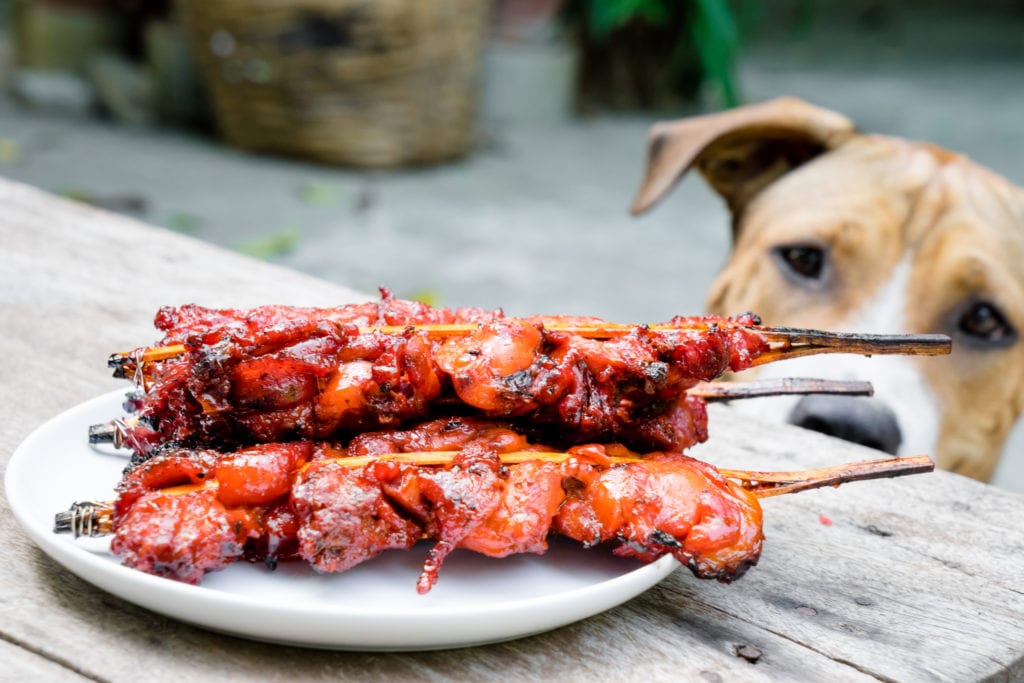
Most of the health risks associated with feeding a raw food diet come in the form of the potential for contamination by certain pathogens like Salmonella, E. coli, and Listeria.
Another important health risk is the possibility that the diet is deficient in certain nutrients or that it contains too much of other types of nutrients. This is particularly true of homemade diets.
For example, the aforementioned study linked above found that puppies fed what is known as biologically appropriate raw food or bones and raw food (BARF) suffered from health problems like nutritional osteodystrophy, also known as secondary hyperparathyroidism. It is typically seen in puppies fed homemade diets that are either deficient in calcium or too rich in phosphorus.
Low calcium and phosphorus levels were also detected in two commercially produced raw food diets. Other commercial raw diets were too high in vitamin D and deficient in potassium, magnesium, and zinc.
Proponents of raw feeding argue that part of the problem with nutritional deficiencies is that the diets are feeding too much muscle meat and not enough organ meat.
They use what is called a prey model or species-appropriate diet. Organ meats contain some of the most valuable nutritional elements, such as B vitamins, vitamin D, and vitamin E. They also include important minerals like zinc and manganese.
If you’re not feeding enough organ meat, then your dog will be missing out on important nutrients. Many proponents argue should constitute 25% of your dog’s diet.
But nutritional deficiencies are not the only health risks associated with raw food diets.
Disease Risks Associated with Raw Food Diets
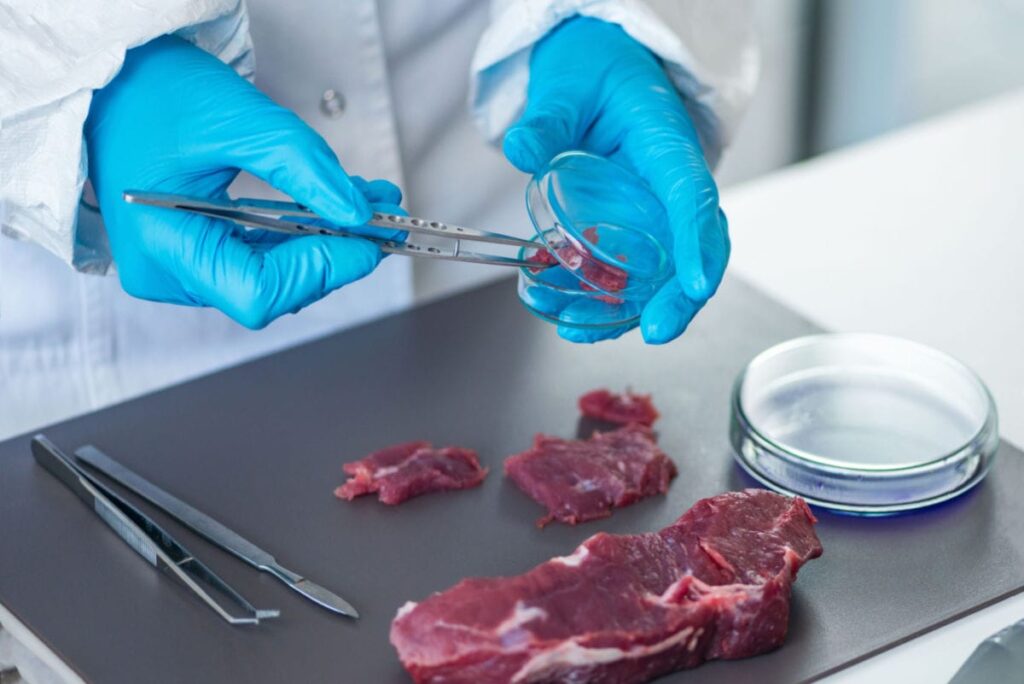
Another important consideration is the possibility of bacterial contamination when feeding raw food. Remember those old Salmonella (Sam and Ella) commercials back in the 1970s? Well, that’s a problem for your dog too!
Proponents of raw food diets would argue that the preservatives in store-bought dog food are dangerous for your dog’s health. Opponents argue that a so-called BARF diet doesn’t just pose a risk to your dog, it’s a public health problem too!
The problem with raw food diets for dogs is that it’s easy for the meat to become contaminated with the same pathogens as raw meat for humans. While you’re not eating your dog’s raw meat, it’s possible for young children or careless adults to become exposed to the pathogens on the meat.
To avoid that, you have to be very careful about washing your hands after handling raw meat, but sometimes people are not, and small children are usually not that careful. Thus, it’s possible for them to get a bacterial infection as a result.
Bacterial contamination
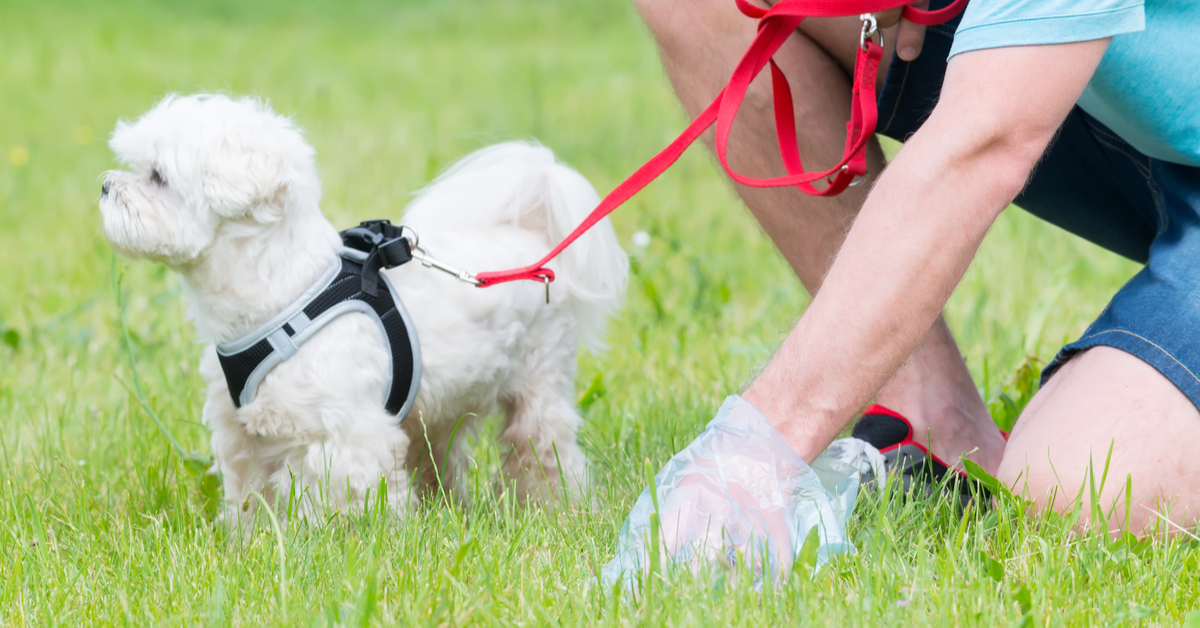
Those same bacteria can be harmful to your pet. Remember that review of the various studies conducted at the University of Calgary? Well, they also checked for bacterial contamination, and they found plenty!
They found that 6% of commercially prepared raw food diets were positive for Salmonella versus none of the conventional canned diets tested or the kibble they tested. E. coli was found in 50% of the raw food diets and 8% of traditional canned diets. No E.coli was found in the dry food diets.
Another study reviewed found that 80% of raw chicken diets were positive for Salmonella. Again, none of the kibble diets were positive.
Moreover, even if dogs who ate Salmonella-contaminated foods didn’t have signs of disease, they were able to shed the bacteria in their feces. That represents a risk for their human pet parents. Young children are at the greatest risk, of course, but so are dog owners and veterinary staff who might be working with the dog.
This risk of infectious disease from contaminated raw meat is the main reason why the American Veterinary Medical Association (AVMA) discourages feeding dogs or cats a raw food diet on their website.
Is a Raw Diet Good for Dogs? Final Thoughts
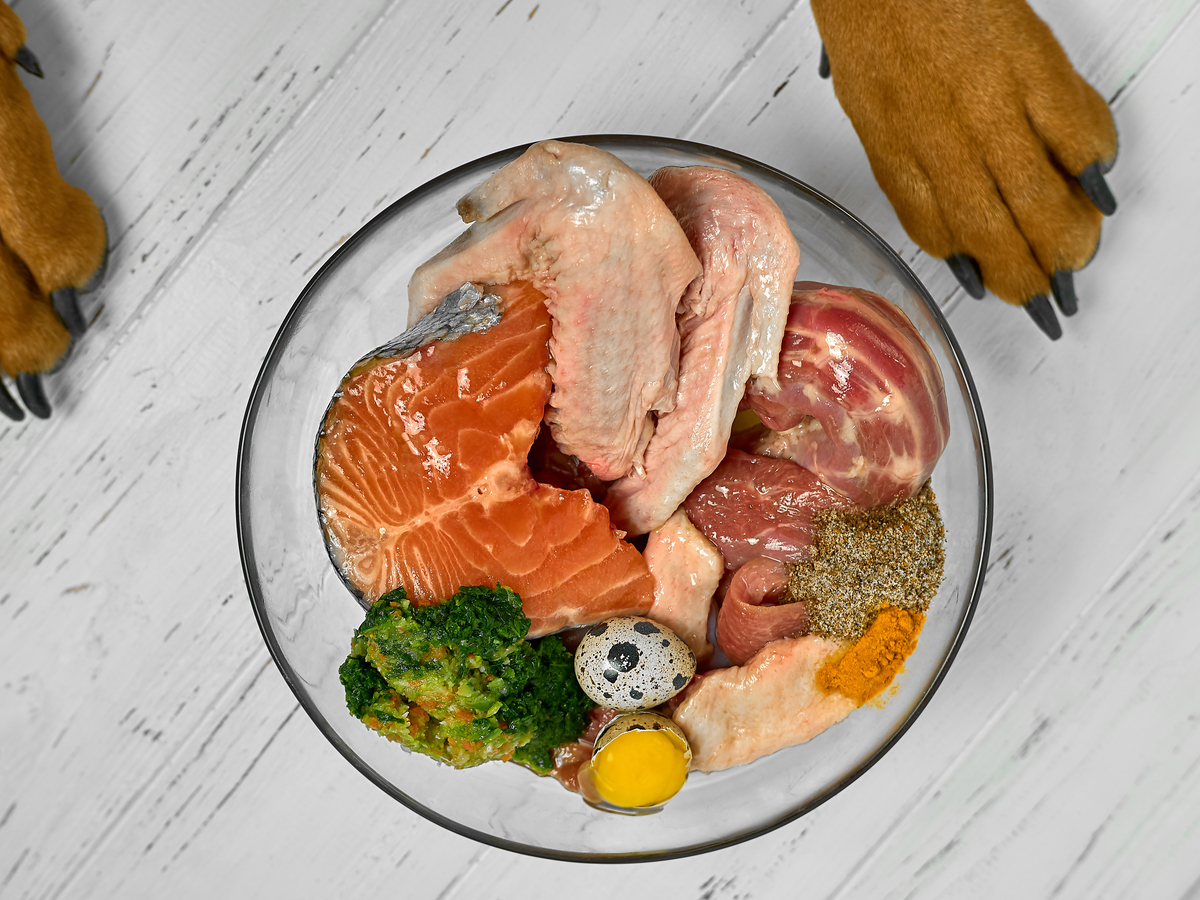
It might be tempting to provide your dog with what seems like a more natural raw food diet. The truth is that dogs have evolved as human companions. As such, their diet has evolved too. Feeding raw food now poses more of a risk to your dog and your family than any benefits that might be derived from such a diet.
If you do elect to feed your dog raw food, you’ll want to make sure to include quality ingredients, an appropriate balance of organ meat and muscle meat, and vitamin and mineral supplements to ensure adequate nutrition. You want to make sure you don’t skimp on those important ingredients over time. That’s when deficiencies can easily occur.
What’s more, you need to practice strict food safety guidelines when handling raw meat. You should make sure to:
- Wear gloves
- Wash your hands thoroughly after handling raw meat
- Wash any containers where the meat was stored with hot water and a good-quality soap. Let them dry completely before reusing them. (You shouldn’t use those containers for human food after using them for your dog’s raw food either.)
You’ll also want to keep young children away from the raw food and your dog’s feces. While that latter point seems like a no-brainer, you’d be surprised how many young children find your doggy’s dropping endlessly fascinating.

